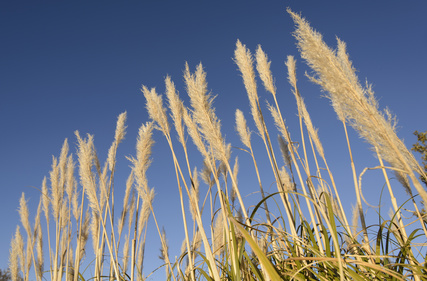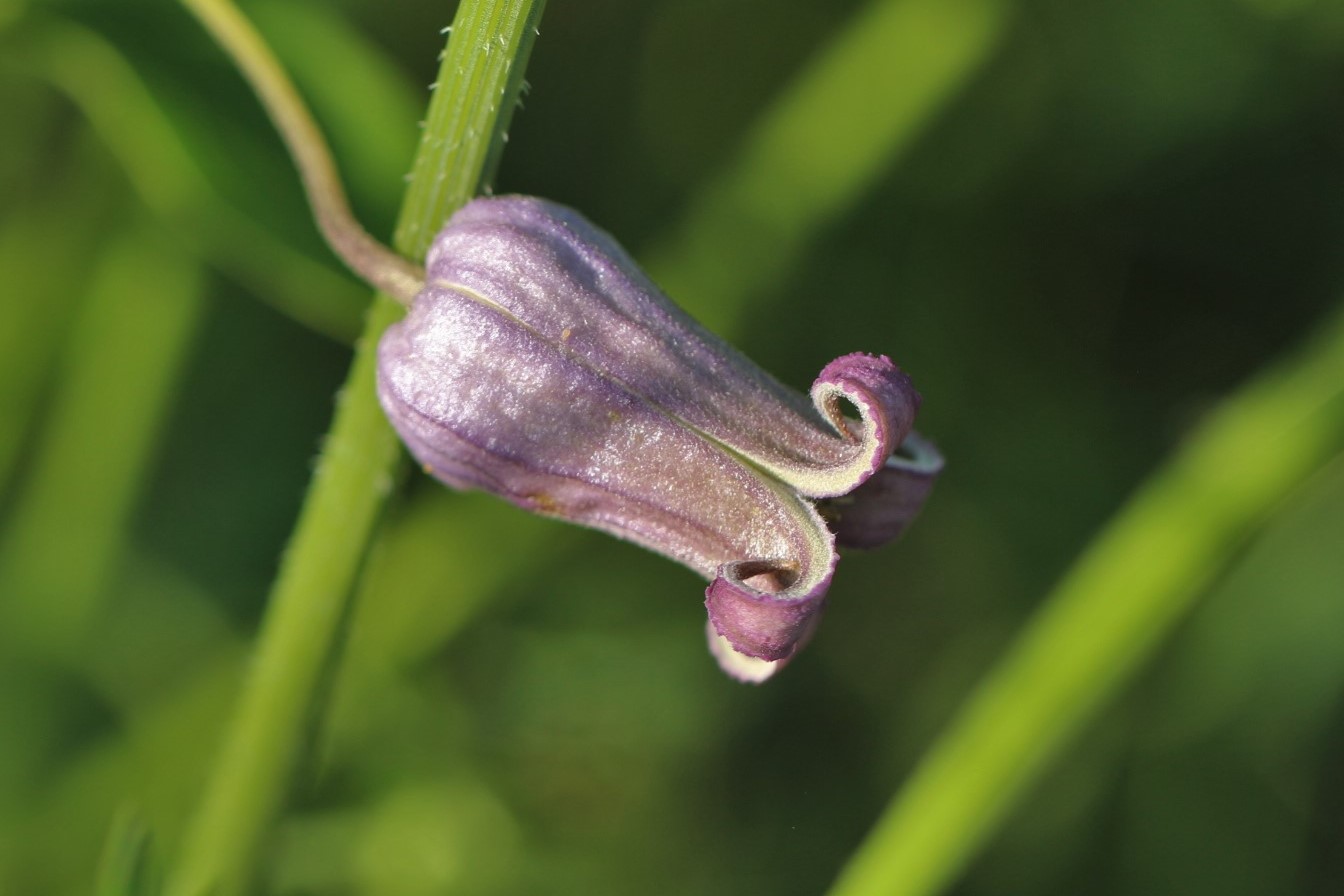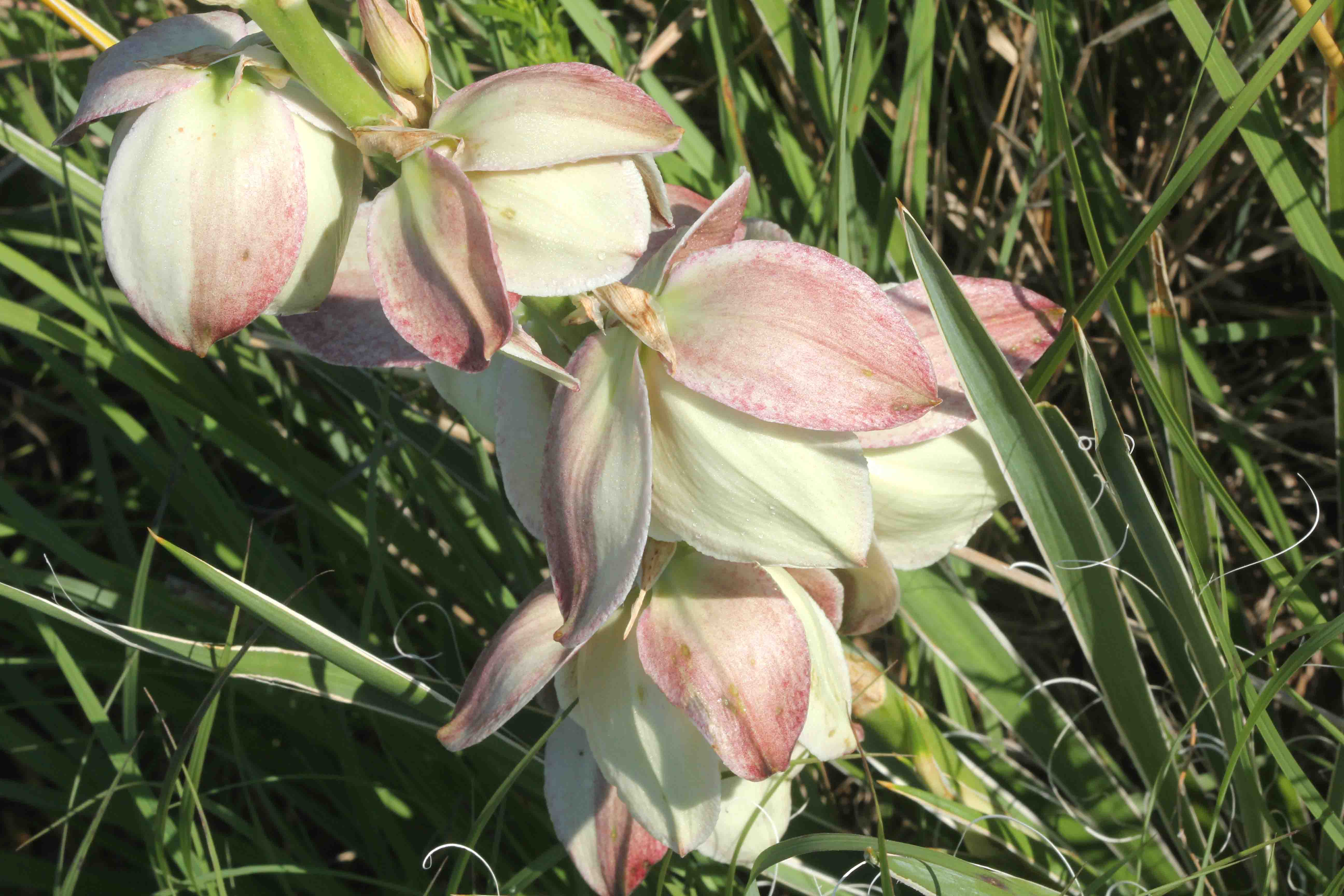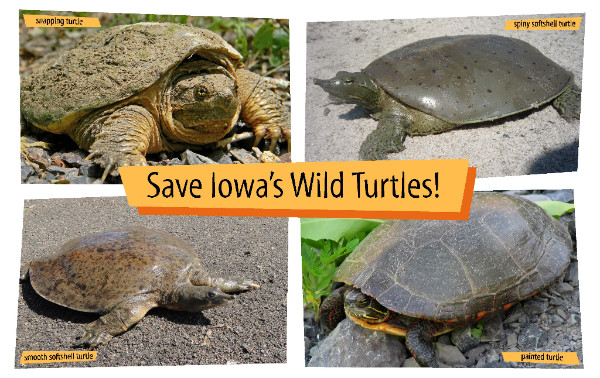Whether you are a novice or seasoned professional, finding a “new” species is exciting for nature-lovers. Many thanks to Leland Searles for sharing this essay and beautiful photos. -promoted by desmoinesdem
At the end of a hot, dusty day on the gravel roads of Marion County, I braked the Honda van to a stop at a t-intersection. I had pushed hard to finish as many miles of roadside survey as possible, stopping each quarter mile to note the vegetation on each side of the road. Mostly I saw brome and reed canary grass, wild parsnip and wild carrot, giant ragweed and sheep fescue. Often enough there were stands of Jerusalem artichoke or common milkweed.
The t-intersection brought a decision. Do I drive a half mile on the county hardtop to a short, unnamed gravel road, one that I missed two days earlier, and have a look? I could see it from the stop sign: a sea of crop land on either side, an old fenceline leading a quarter mile to a farmstead. Not a big deal. Time to go home.
Sometimes a whimsical curiosity emerges, gently, gaining force, wanting recognition. I drove the half mile, turned and rolled twenty feet to a stop, looked out the window onto the fence and soybeans that were almost neon in the yellowing light. Not much here.
Curiosity again. What’s ahead in fifty feet? The accelerator moved gently down. Another stop. Brome grass out the driver’s window, the fenceline on the other side. Something between me and the fence, a native sedge, already gone to seed, its yellow leaves standing out among the darker grasses. Probably Carex grisea. Not very interesting. I should head home.
Continue Reading...





